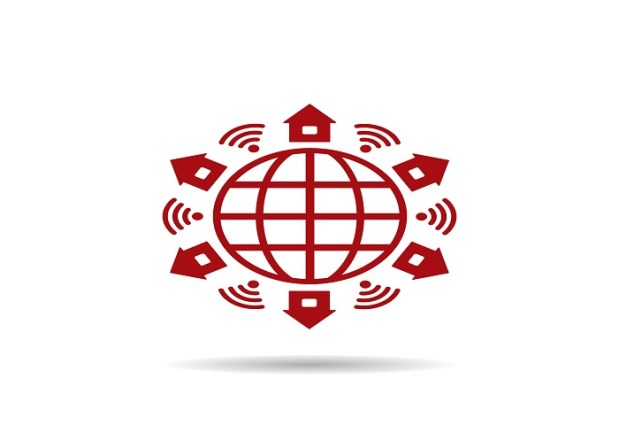IoT’s Next-Gen Of Wi-Fi

The very fact that connecting every device, appliance and machine in a home and across a city seems like a plausible development within the next few years should be proof of the progress the Internet of Things has accomplished so far. However, it might take a step forward for an already ubiquitous technology if IoT is going to succeed.
Wi-Fi Alliance, an international nonprofit dedicated to advancing the standards of wireless networks, released new details on a new low-energy Wi-Fi standard specifically developed to connect and power a growing web of devices. Known as HaLow, this designation will operate on a lower frequency than residential Wi-Fi routers and deliver battery-saving connectivity to any node on the network that requires it. Edgar Figueroa, president and CEO of Wi-Fi Alliance, explained that giving IoT-enabled devices their own Wi-Fi band to communicate on could set the stage for a blossoming of IoT tech.
“Wi-Fi HaLow is well-suited to meet the unique needs of the Smart Home, Smart City and industrial markets because of its ability to operate using very low power, penetrate through walls and operate at significantly longer ranges than Wi-Fi today,” Figueroa said in a statement.
